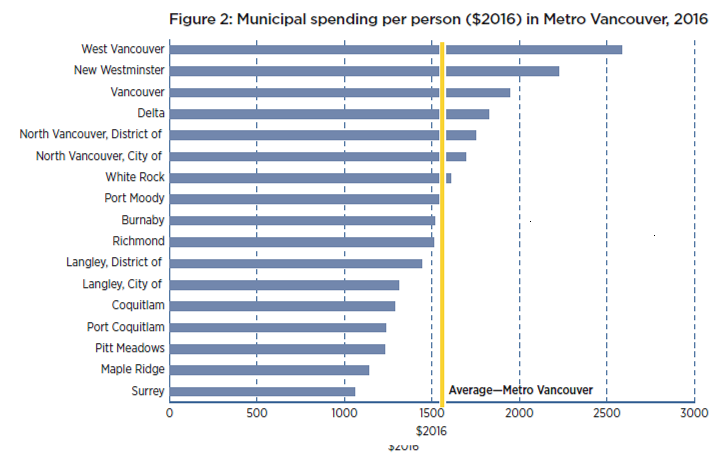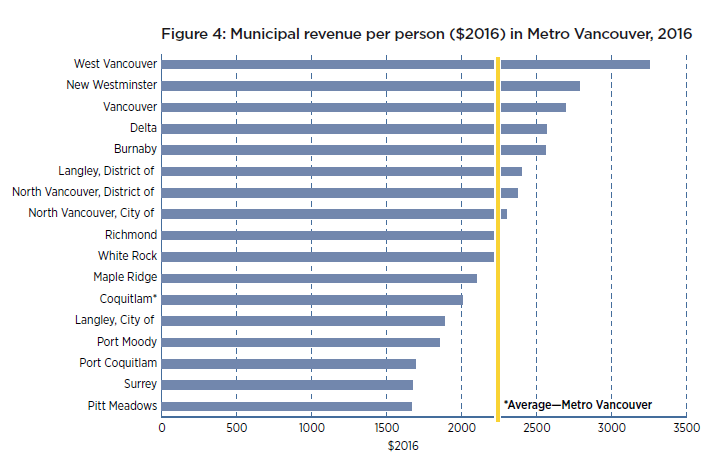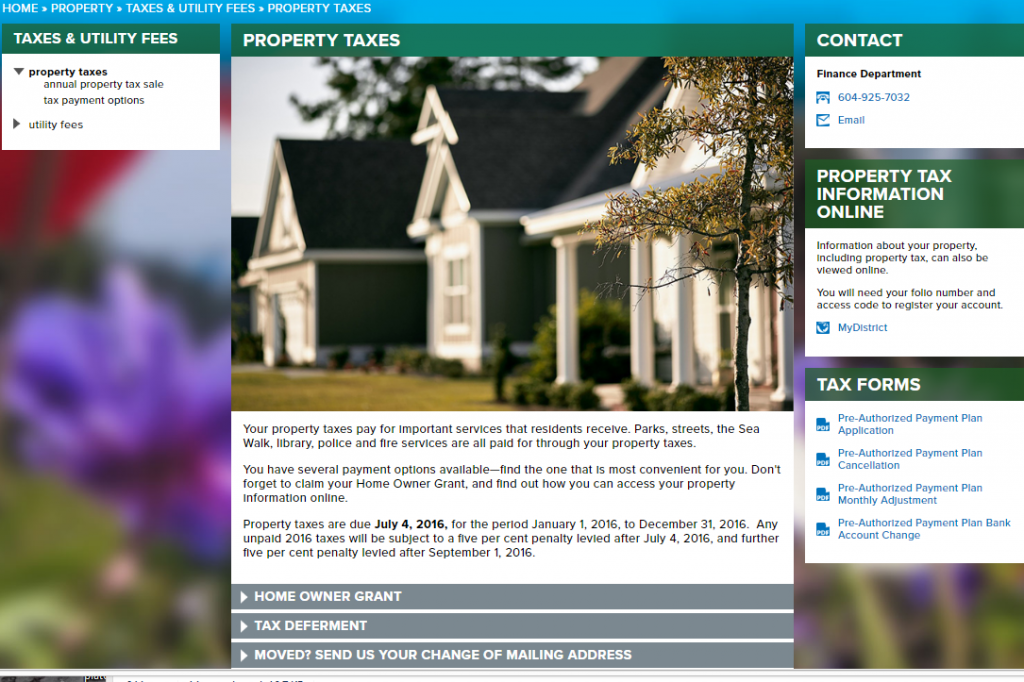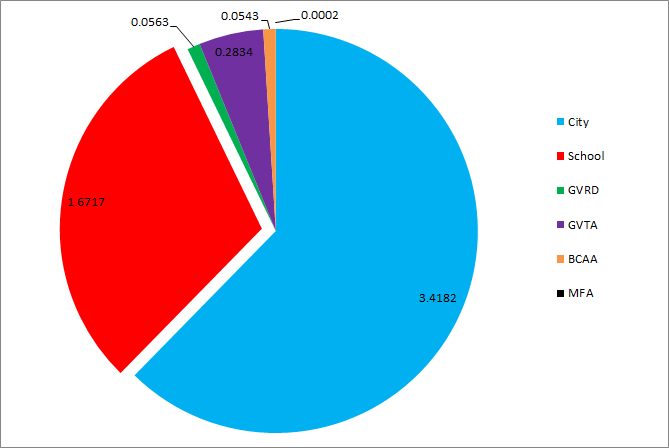This week in Council we are going to be talking about the Budget, and are asking people to once again provide us some feedback on budget issues. Providing this feedback is difficult for many people, or it is hard to understand how your feedback will be incorporated, because municipal finance is a little bit arcane. So I thought before the meeting, with the reports and tables on line here, I would give you a bit of a run-down of how the budget process works.
We have already had some lengthy discussions about the capital budget. This is the budget we use to pay for things like buildings and vehicles and computers. These are (mostly) one-time items, though most need periodic replacement, and (mostly) tangible objects, though we can use capital funds to fund planning for tangible objects, like hiring a consultant to develop an Urban Forest Strategy that will result in capital expenses to buy and maintain trees.
The City is required to balance its budget over a five-year financial plan, so when we talk about “Budget2020”, we are talking about an excerpt of the overall 2020-2024 Financial Plan. Following from this, our 2020 Capital Budget is part of a 5-year Capital Plan, which makes sense because most large infrastructure works cannot be planned, financed, completed and paid for in a single year.
Our draft budget has a 5-year capital plan to spend ~$468 Million on new buildings, infrastructure and equipment, with a some of that representing a few major projects: The ~$100M Canada Games Pool, $54M for a district energy utility, a ~$40M electrical substation in Queensborough, ~$17M to fix up the Massey Theatre, $20M in road paving, etc. This includes the Utility capital investments ($123M for Electrical, $50M for Sewer, $25M for water, and $1.6M for solid waste). In 2020, we are budgeting to spend ~$140 Million of that total.
The City has three options to pay for any capital expenditure: reserves, debt or revenue. Reserves are the monies we have in the bank, some to assure financial solvency, some earmarked specifically for projects, like the money we have put aside for the Canada Games Pool replacement. If there is a reserve fund appropriate for the spending we plan, then drawing from those reserves make sense, though we have to be cautious about drawing those accounts too low because they provide us some financial resiliency, and improve the rates we get from banks when we borrow. Borrowing to pay for infrastructure makes sense for a recreation centre much the way it makes sense to get a mortgage for your house: the people using it pay for its use while it is being used. We have a *lot* of debt room in the City as far as regulations and good financial planning are concerned, but we have to address the public tolerance to take on debt (through a public process when we take out loans), and of course manage the cost of borrowing. The third option is to draw from revenues in the year we have the expense, be those revenues in the form of a grant from senior government or through raising taxes. These both, of course, have limits.
The part of the annual budget that directly impacts your tax rates is the Operational Budget. It is from this budget that we pay staff and buy paper and diesel. Sometimes a pundit in town will chagrin “most of the City’s spending goes directly to salaries!”, to which my only retort is “Yeah, and?” The City provides services more than we build widgets. Widget ore is not as big and expense as delivery of those services, which are delivered by people, from lifeguards to librarians to police officers. Sure, we buy asphalt and pipes, and firefighters need firetrucks, but most of our budget is service delivered by people.
We spend most of the year operating the City based on the operating budget set in the previous spring. As the year goes along, staff, Council and the public identify places where the City can do things differently, where our service is not meeting demands, or where new services are being pondered. Some small things may get done as staff find space in their existing budget to make them happen (or stop doing other things to make the room). But some things are more costly or need more staff time to manage, so managers put forward an “enhancement request” – they ask for more money.
Part of the task of our senior management team is to review all of these enhancement requests, and decide what is reasonable and what isn’t, then set some priorities. Council is not directly involved in that process, but the priority-setting is based on a framework of Strategic Planning created by Council. One of the questions staff need to ask themselves and each other at this stage is – does this enhancement meet a strategic goal of the Council? Then ask if we can afford it. Which is where Council comes in.
Before these enhancement requests, the draft 2020 budget sees costs equaling a 3.9% tax increase already baked into our 5-year financial plan. These are things like increased debt servicing, annual salary increases, inflationary pressures and financing of earlier enhancement commitments already made by Council in previous budgets. Staff have brought forward new enhancement requests equaling just under another 2% of taxes. They then recommended that about half of these enhancements be included in the 2020 budget, and the other half deferred to a future year. This equals out to a draft 4.9% tax increase.
There is an interaction between the Capital and Operational budget. The interest we earn on our reserves is a revenue that is included in our operational budget, so draw those reserves down and we have less revenue. Similarly, the interest we pay on our loans is an operational expense. There is also an operational impact to many capital projects: the NWACC will cost money to heat and light, and will need to be staffed. It will also bring in revenues. Those numbers will be different for the NWACC as they are for the current CGP. These changes have to be budgeted towards.
Since we have a regulatory requirement to balance the budget at the end of the year, if we pull in more revenue (through taxes, charges for services like parking and permits, grants from senior governments, investment income, etc.) in a year than we spend (on salaries, supplies, grants, etc.) that extra money (“profit!”) goes into our reserves and helps offset future capital budget costs. The corollary to this, of course, is that a large capital budget requires us to raise taxes a bit to keep these reserves at a stable level and to pay debt servicing costs.
(I have almost completely skipped utilities in this discussion, I talked a bit about them, with fancy coloured diagrams to show how those work in this blog post from a couple of years ago)
So, this week Council will be asked in two meetings (Monday AND Tuesday nights) to review the budget, review the results of the public consultations that occurred around the budget, and provide one more public meeting where people can come and address council with their concerns regarding the budget. We will review the capital budget commitments for 2020, and will review the recommended and non-recommended enhancements. Council will then make recommendations on any changes, and staff will take those away and work on putting together the necessary Bylaws to make the budget a reality. By the end of the Tuesday special meeting, we should have a pretty good idea what our budget increase will look like for 2020, but looking at the reports, it will likely be something around 5%.










